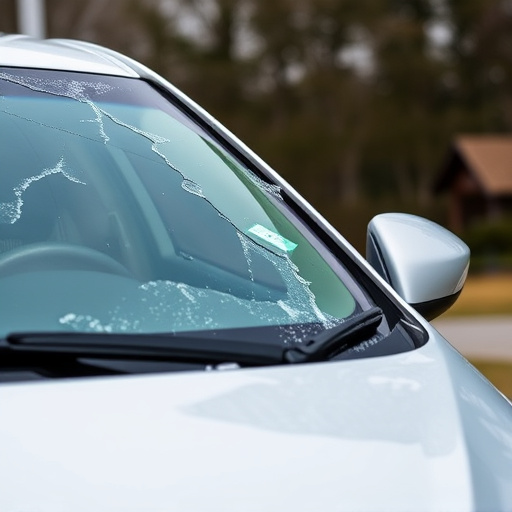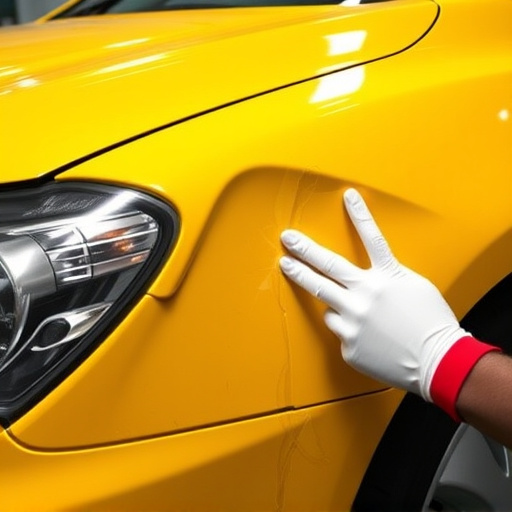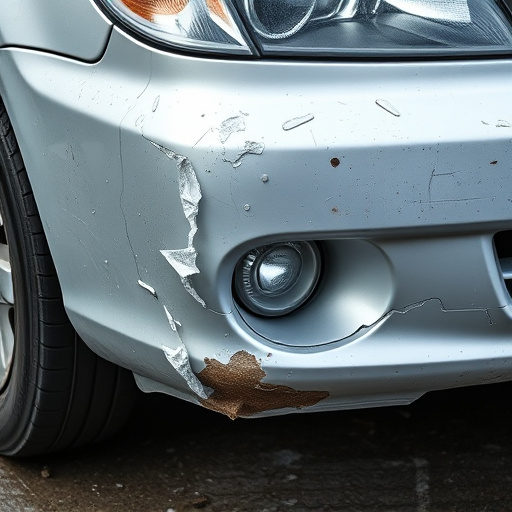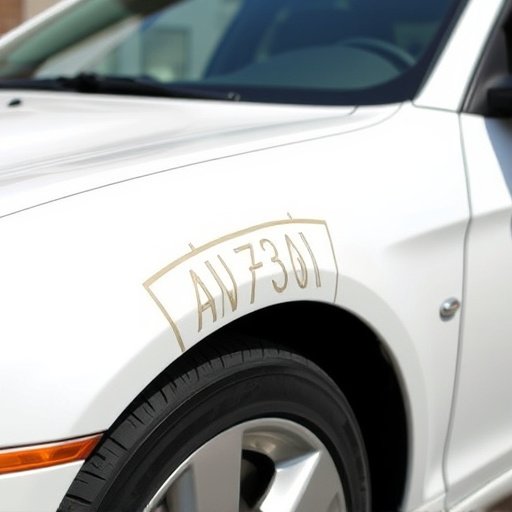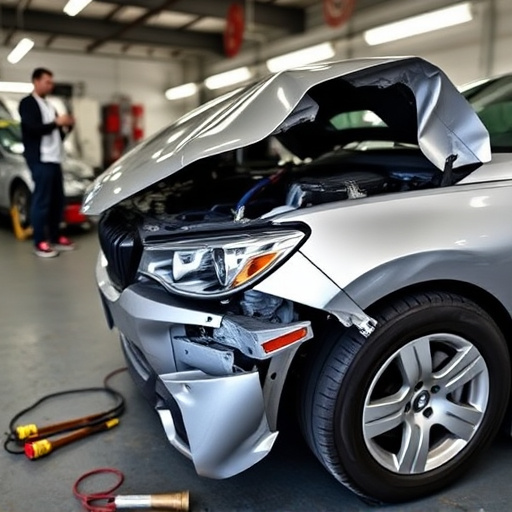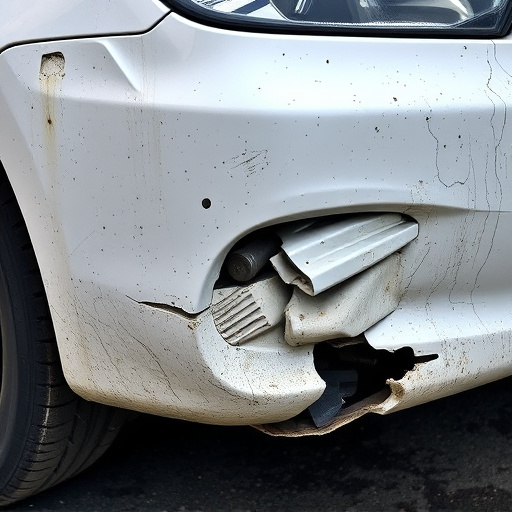Clear communication and standardized procedures streamline vehicle repairs, ensuring timely completion by managing expectations, defining work scope, prioritizing tasks, and tracking orders effectively. Efficient resource allocation, including parts management and staff scheduling, is crucial for auto body shops to meet promised repair timelines, especially for complex jobs like frame straightening.
In the realm of timely repairs, a well-managed process is key to meeting expectations. Delays can disrupt schedules and cause frustration. This article provides essential tips to avoid delays in the repair completion timeline. From efficient communication that sets clear expectations, to streamlined processes that ensure consistency, and effective resource management through prioritization – these strategies will help you deliver on time.
- Efficient Communication: Clear Expectations Set
- Streamlined Processes: Standardize for Consistency
- Resource Management: Prioritize and Allocate Effectively
Efficient Communication: Clear Expectations Set
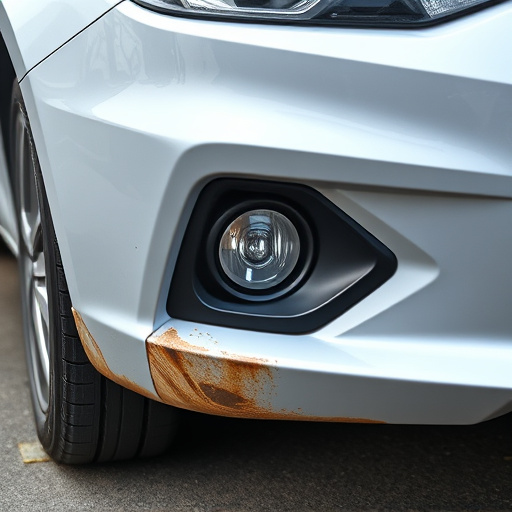
Efficient communication is a cornerstone when aiming to avoid delays in the repair completion timeline for your vehicle, be it a simple fender bender or extensive auto body repairs. Clear and consistent interaction between you, the insurance provider, and the body shop services ensures everyone understands the scope of work, expected turnaround times, and any potential challenges that might arise.
Setting expectations from the outset helps in managing both your and the body shop’s time. Be specific about what needs repair, whether it’s a single component or multiple areas in need of vehicle body repair. This clarity enables the body shop to allocate resources efficiently, allowing for more accurate estimates on when the repairs will be completed and ensuring you’re kept informed throughout the process.
Streamlined Processes: Standardize for Consistency

Streamlined processes are a cornerstone for achieving consistency and accelerating repair completion timelines. Standardizing procedures across all stages of vehicle repair, such as frame straightening in Mercedes-Benz collision repair, ensures that everyone involved follows the same, efficient methods. This reduces miscommunication and errors, allowing for quicker turnaround times. By implementing consistent practices, shops can ensure every team member understands their role, leading to a more seamless and timely repair process.
Furthermore, standardized processes facilitate better resource allocation. With clear protocols in place, technicians spend less time figuring out how to proceed with each vehicle repair, focusing instead on executing the established steps. This efficiency is particularly beneficial for complex jobs like frame straightening, ensuring that even high-specialty repairs are completed faster without compromising quality. Streamlined operations ultimately contribute to a happier customer experience as they receive their vehicles sooner.
Resource Management: Prioritize and Allocate Effectively

Efficient resource management is a cornerstone in adhering to the desired repair completion timeline. In any auto body shop or collision repair shop, the process involves multiple tasks and specialized personnel. Prioritizing work orders based on urgency and complexity ensures that no single task dominates the workflow, causing delays. Effective allocation of resources includes scheduling maintenance and repairs in advance, ensuring technicians have all necessary parts readily available, and managing staff to meet peak demands without overloading any individual.
For fleet repair services, this means coordinating with clients to understand their operational needs and set realistic expectations. By implementing a robust system for tracking and managing work orders, auto body shops can streamline operations, reduce backlogs, and ensure that every vehicle receives the attention it needs within the promised timeframe.
By implementing efficient communication, streamlined processes, and effective resource management, you can significantly reduce delays in your repair completion timeline. Setting clear expectations, standardizing procedures, and prioritizing tasks ensure a smoother and more predictable repair process. Adopting these tips will help you deliver timely repairs, enhancing customer satisfaction and ensuring your business stays competitive in the market.
